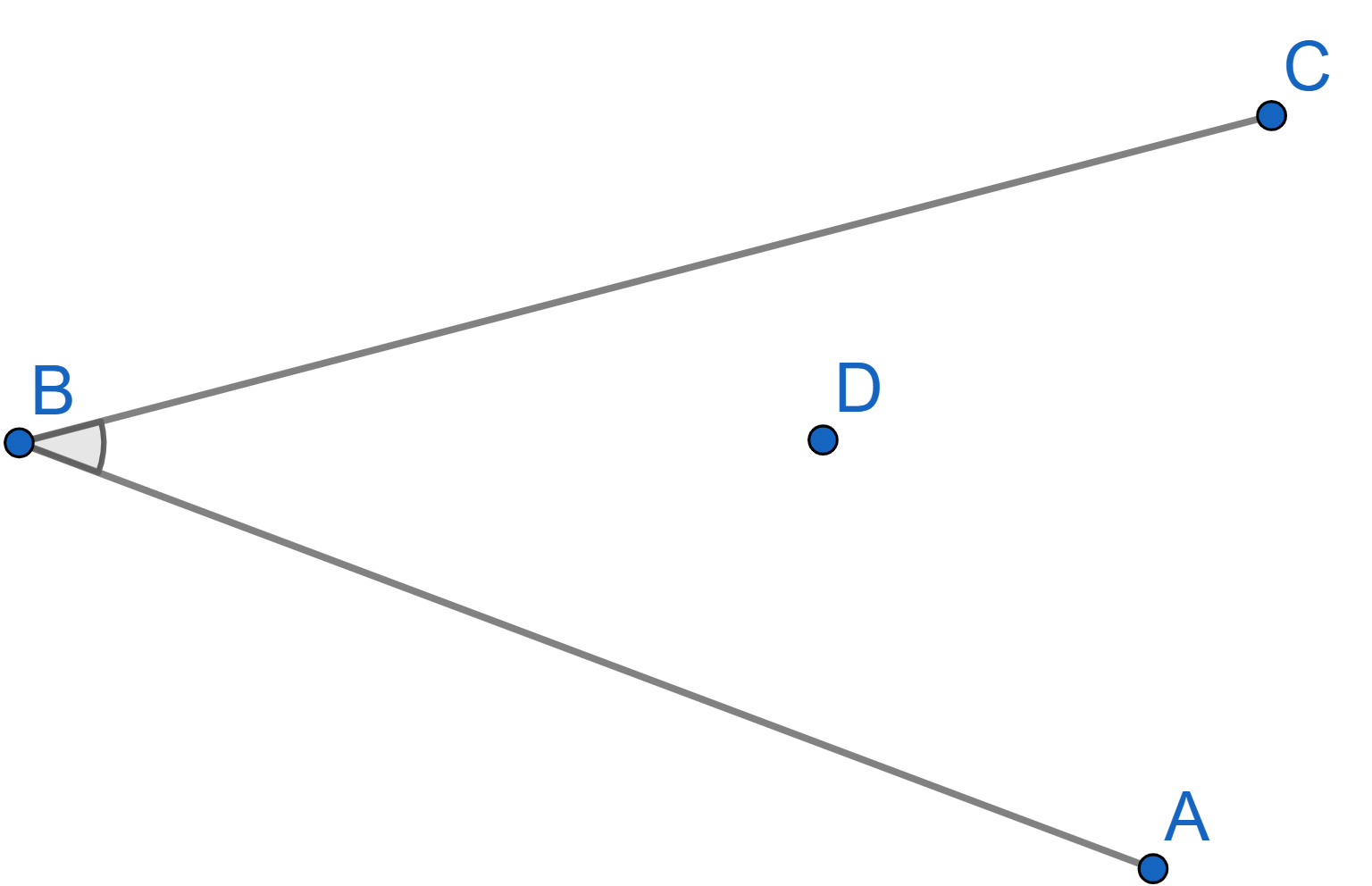Problems
Show that if all sides of a triangle have integer lengths and one of them is equal to \(1\), then the other two have lengths equal to each other.
Two villages lie on the opposite sides of a river whose banks are straight lines. A bridge is to be built over the river perpendicular to the banks. Where should the bridge be built so that the path from one village to the other is as short as possible?
Quadrilateral \(ABCD\) is situated completely inside a quadrilateral \(EFGH\). Prove that the perimeter of \(ABCD\) is smaller than the perimeter of \(EFGH\).
A billiard ball lies on a table in the shape of an acute angle. How
should you hit the ball so that it returns to its starting location
after hitting each of the two banks once? Is it always possible to do
so?
(When the ball hits the bank, it bounces. The way it bounces is
determined by the shortest path rule – if it begins at some point \(D\) and ends at some point \(D'\) after bouncing, the path it takes
is the shortest possible path that includes the bounce.)

There are \(n\) mines and \(n\) cities scattered across the land, it is known that no three objects (mines, or cities) belong to one line. Every mine has to have a rail connection to exactly one city. Railways have to be straight and cannot cross other railways. Is it always possible?
In a parallelogram \(ABCD\), point \(E\) belongs to the side \(CD\) and point \(F\) belongs to the side \(BC\). Show that the total red area is the same as the total blue area:
The figure below is a regular pentagram. What is larger, the black area or the blue area?
A circle was inscribed in a square, and another square was inscribed in the circle. Which area is larger, the blue or the orange one?
In a square, the midpoints of its sides were marked and some segments were drawn. There is another square formed in the centre. Find its area, if the side of the square has length \(10\).
In a parallelogram \(ABCD\), point \(E\) belongs to the side \(AB\), point \(F\) belongs to the side \(CD\) and point \(G\) belongs to the side \(AD\). What is more, the marked red segments \(AE\) and \(CF\) have equal lengths. Prove that the total grey area is equal to the total black area.